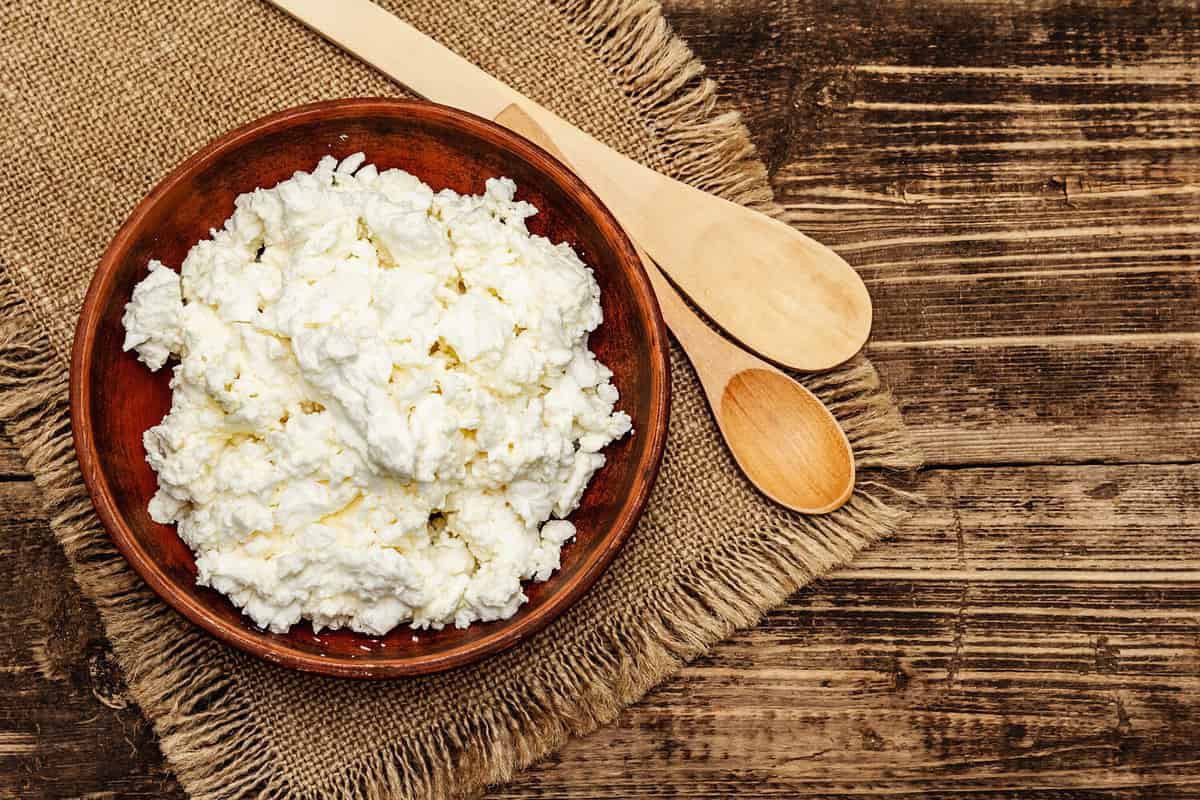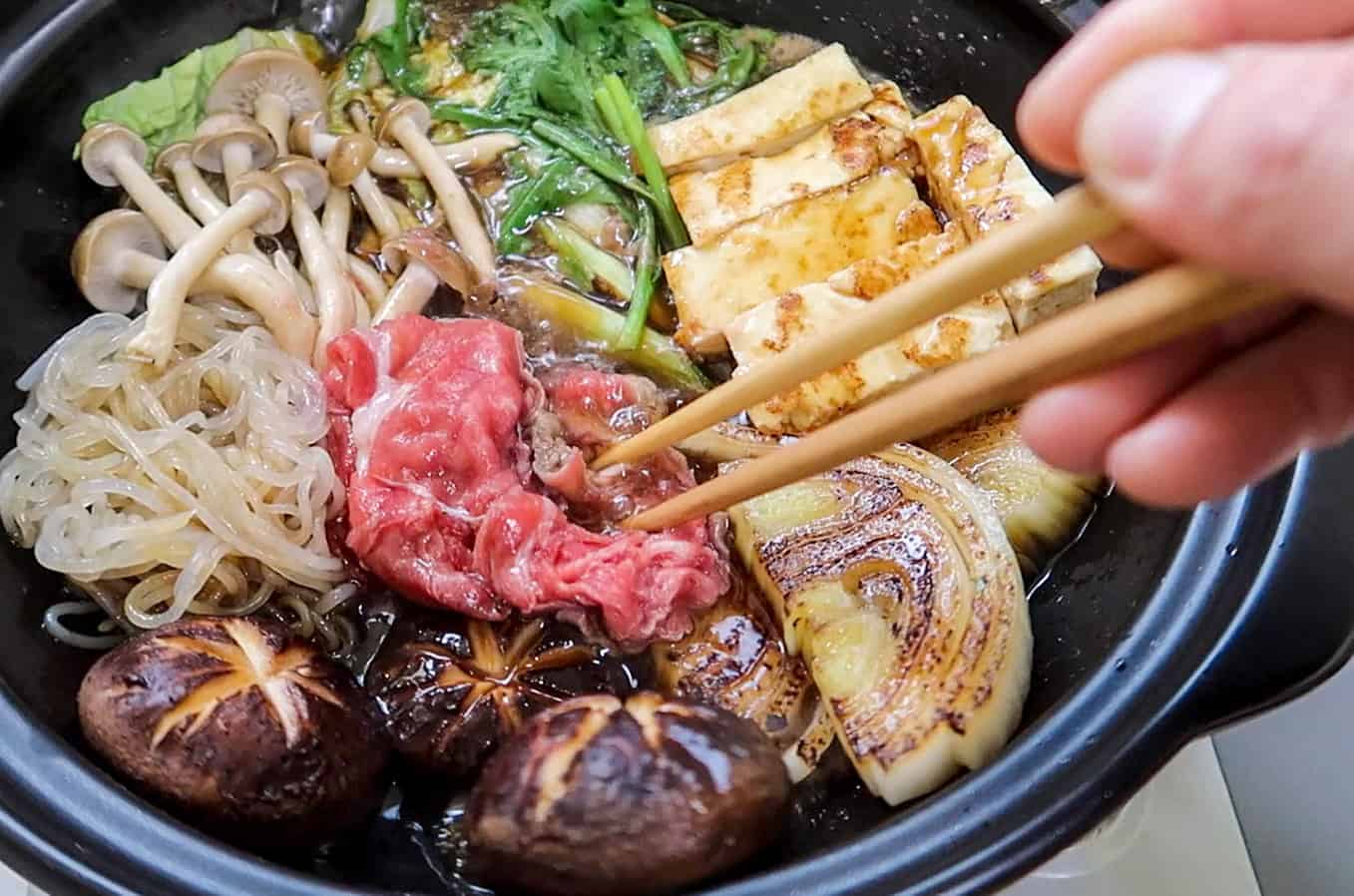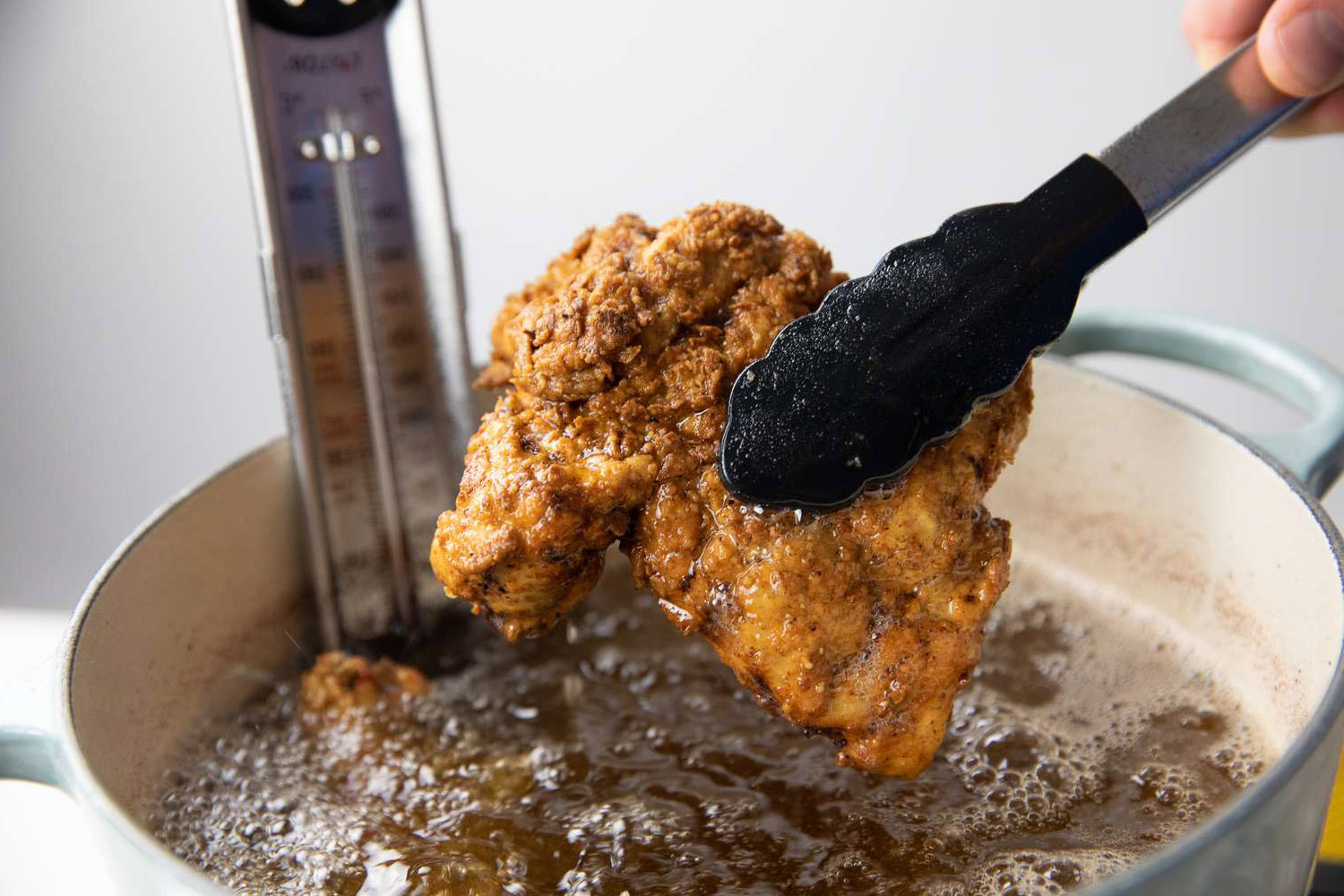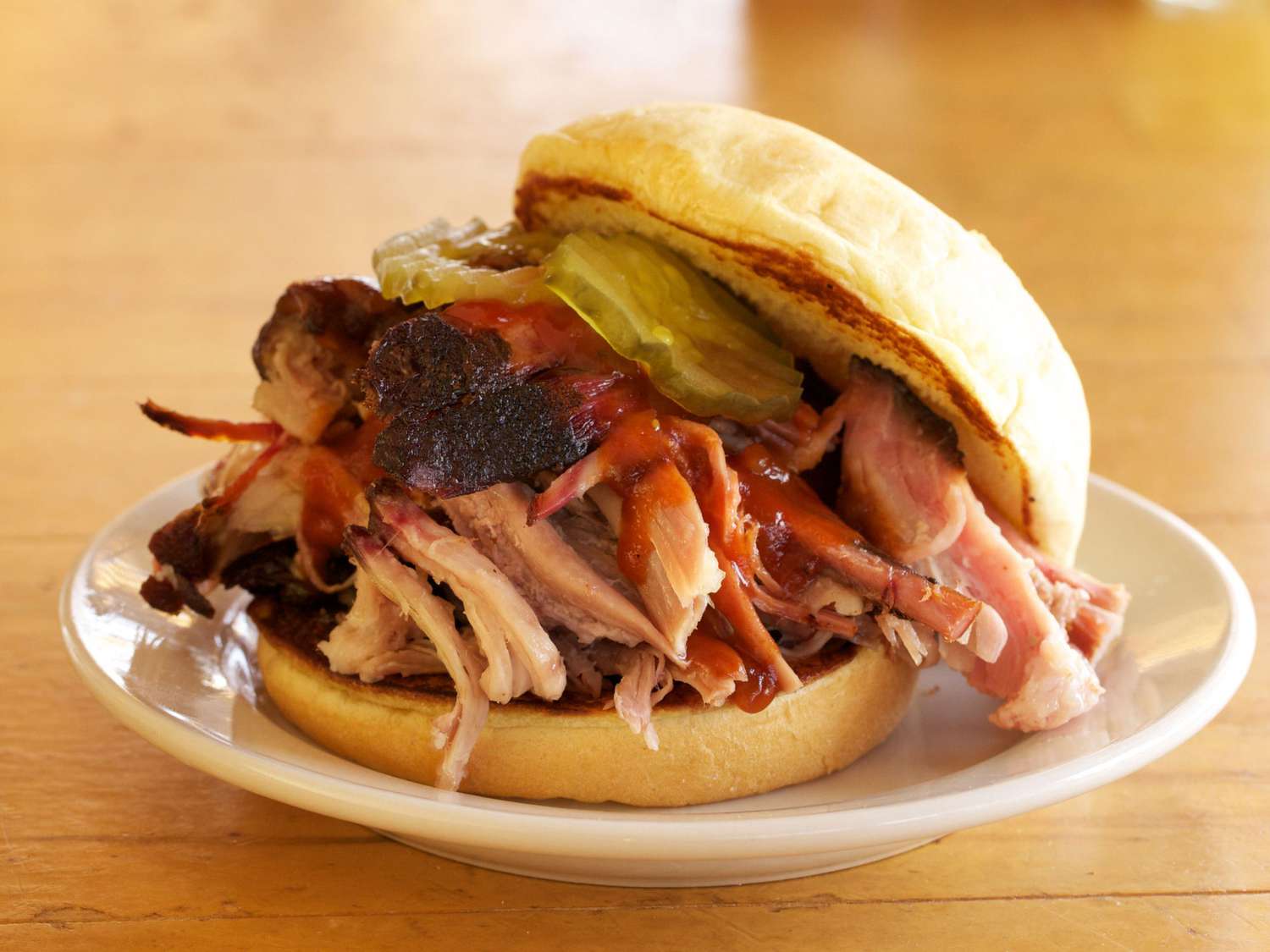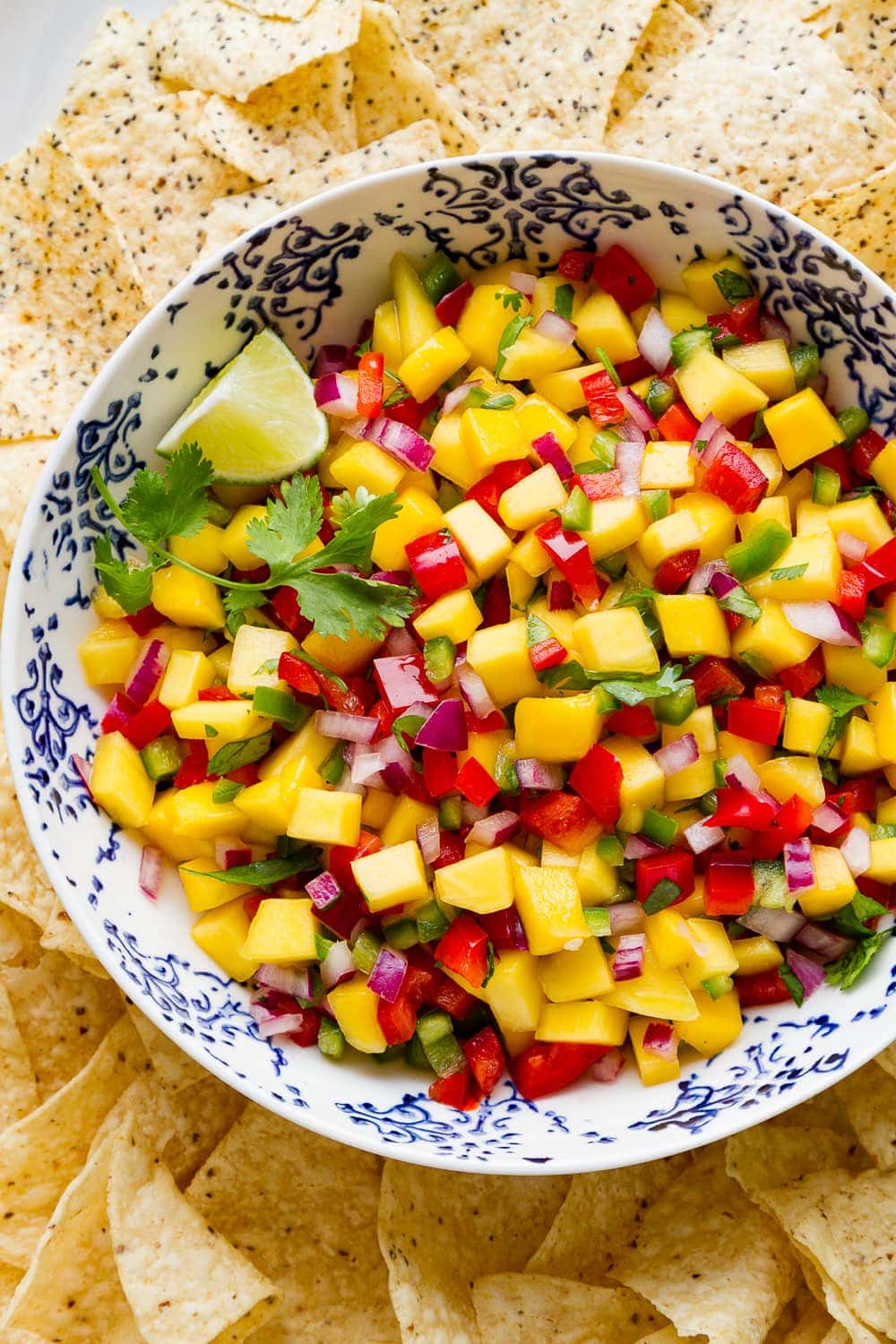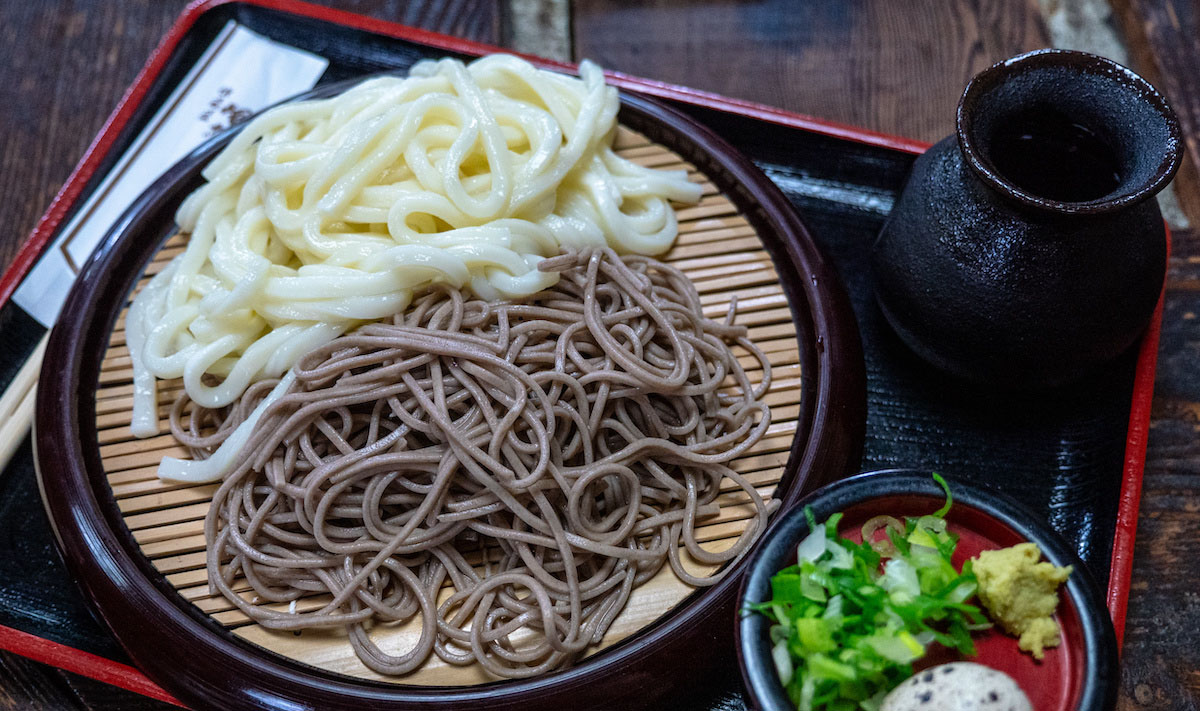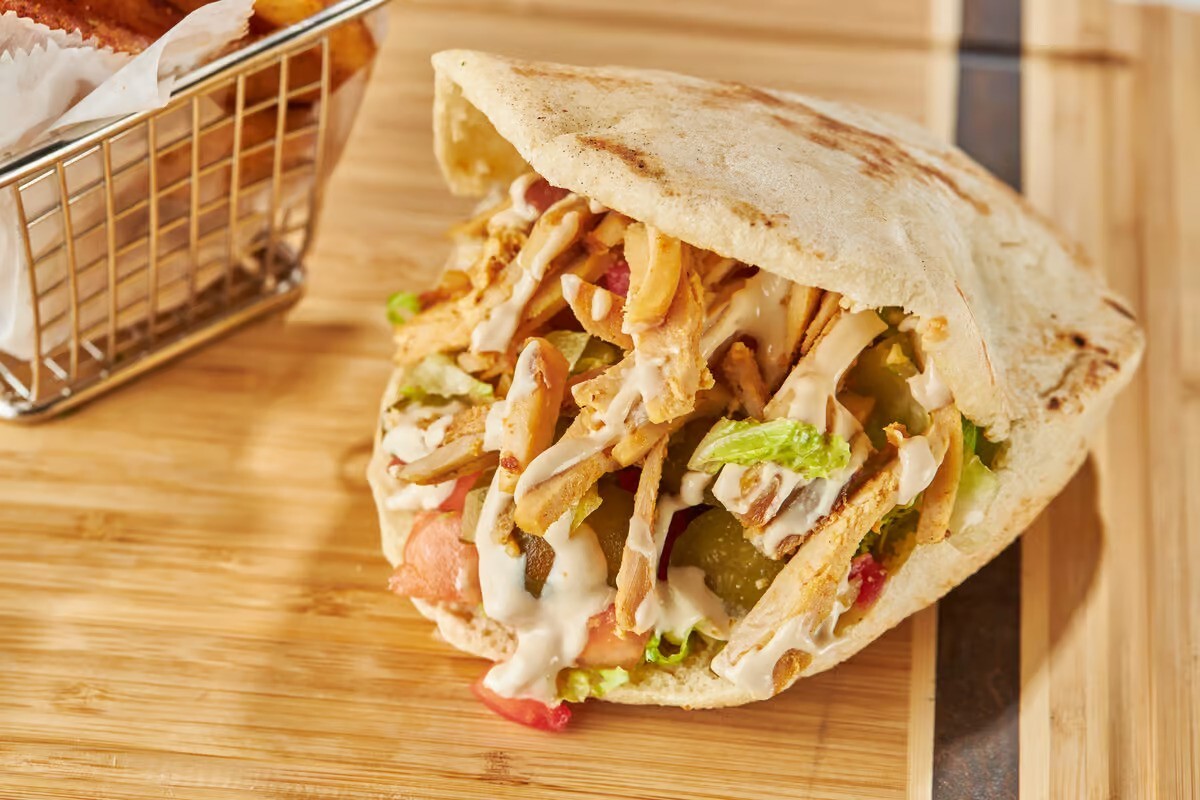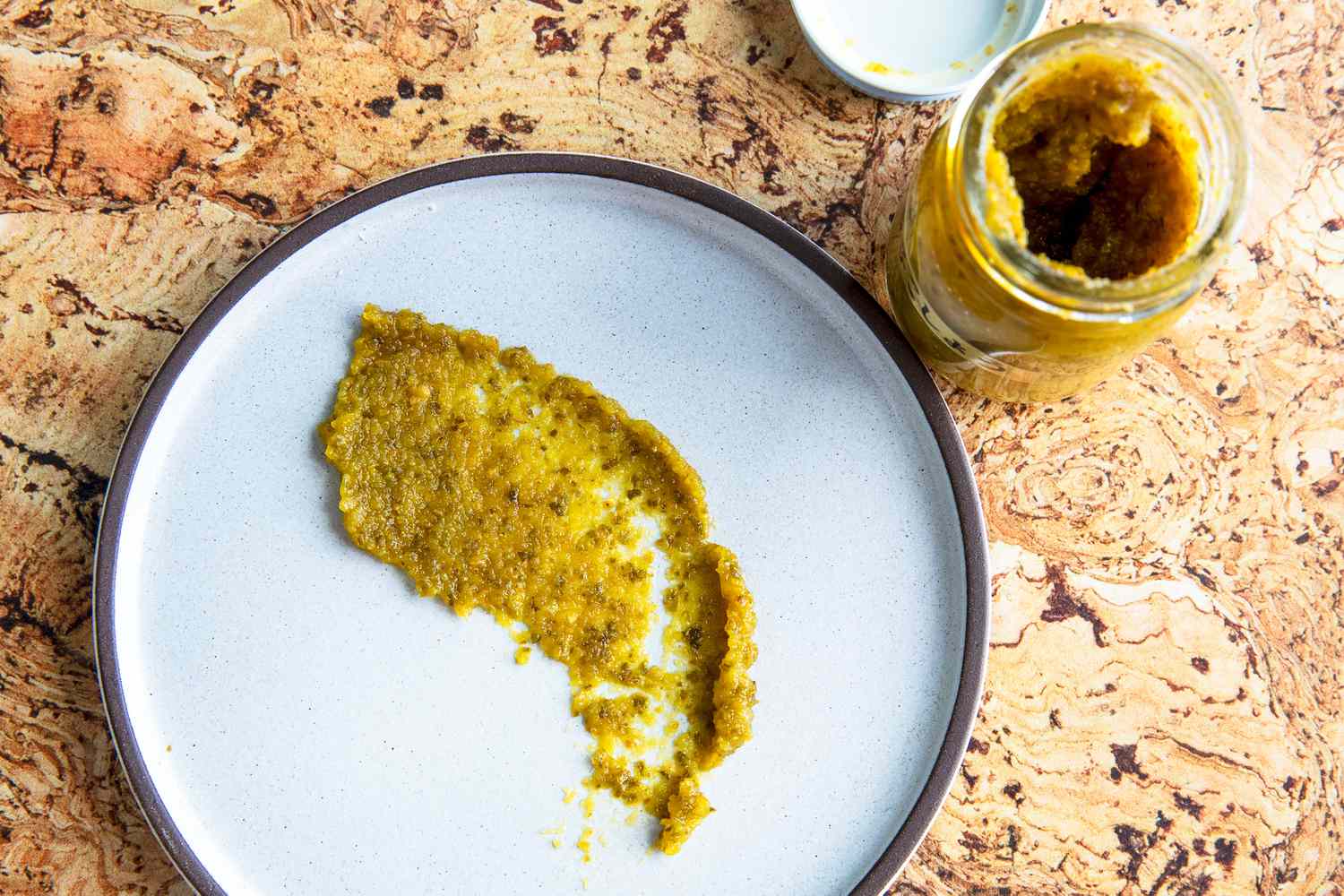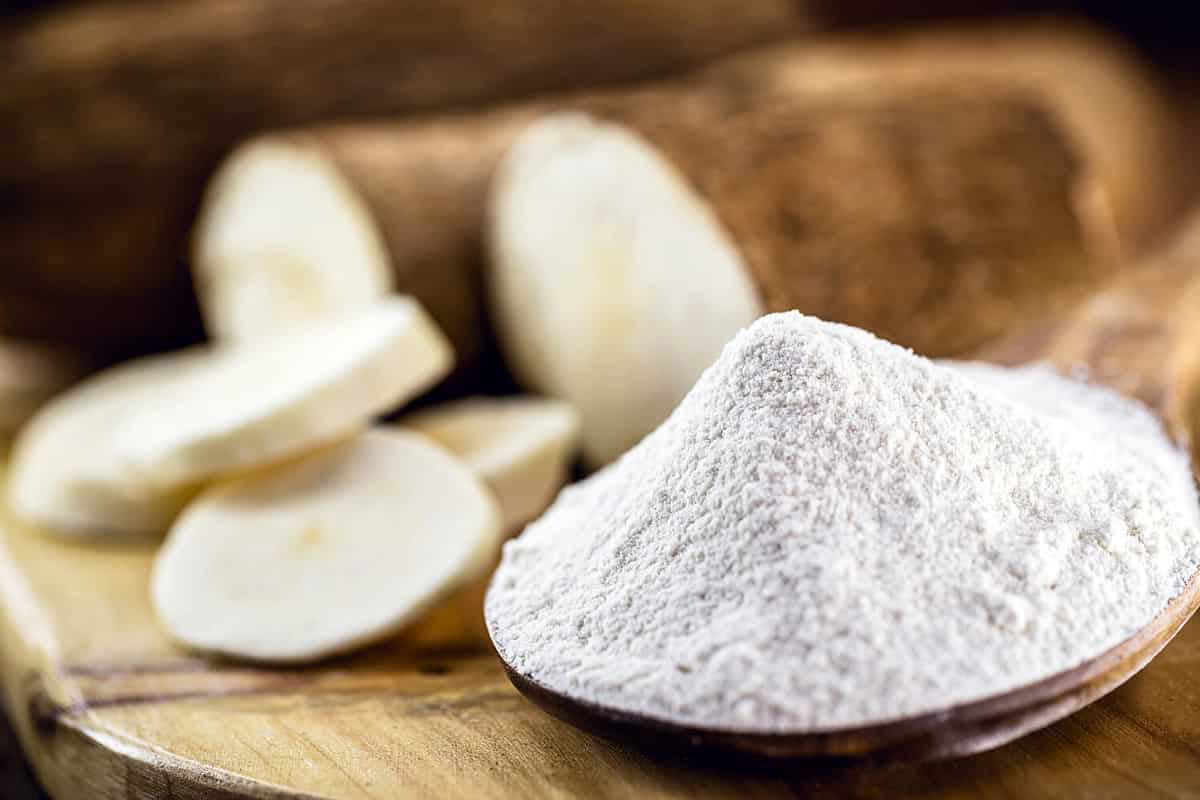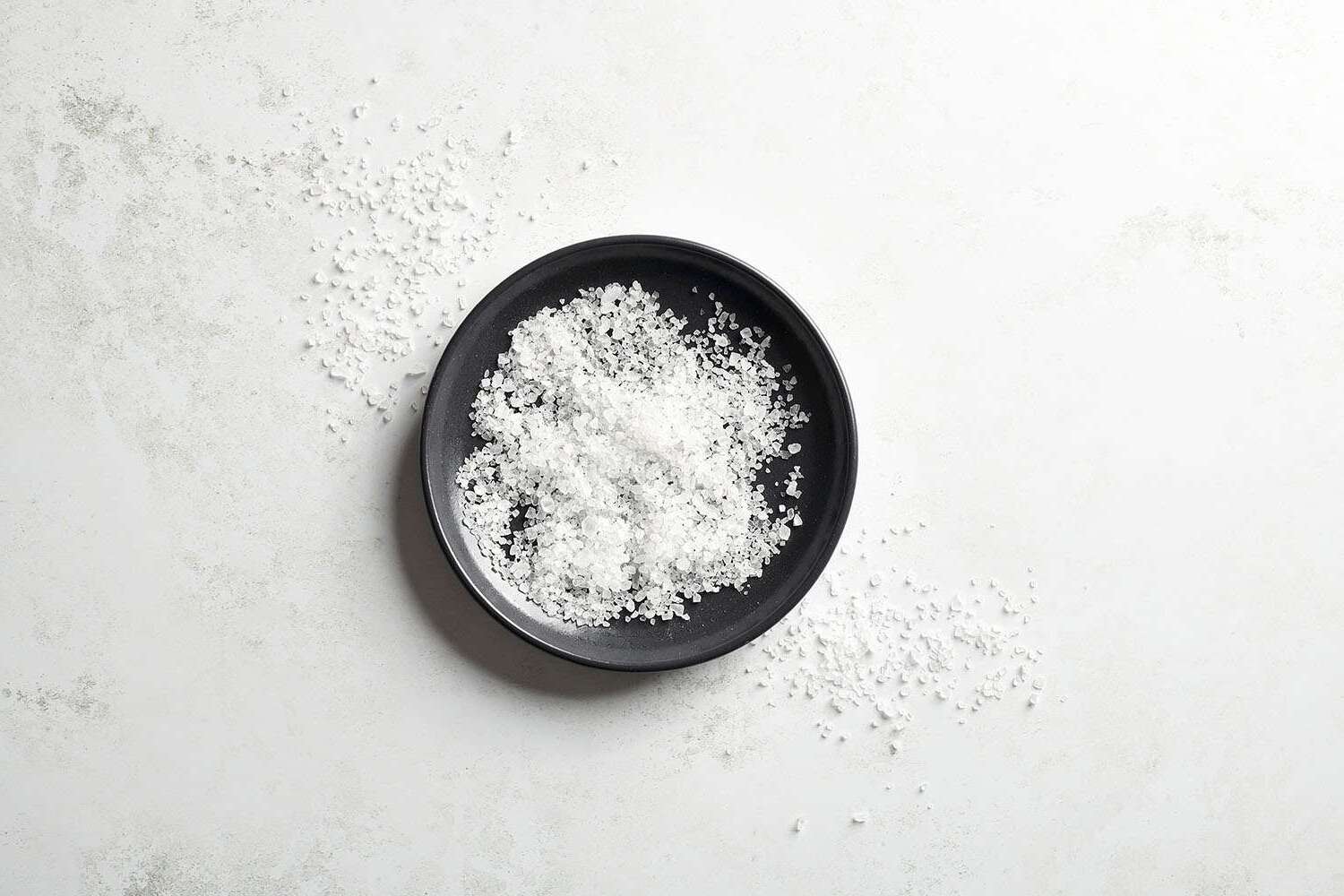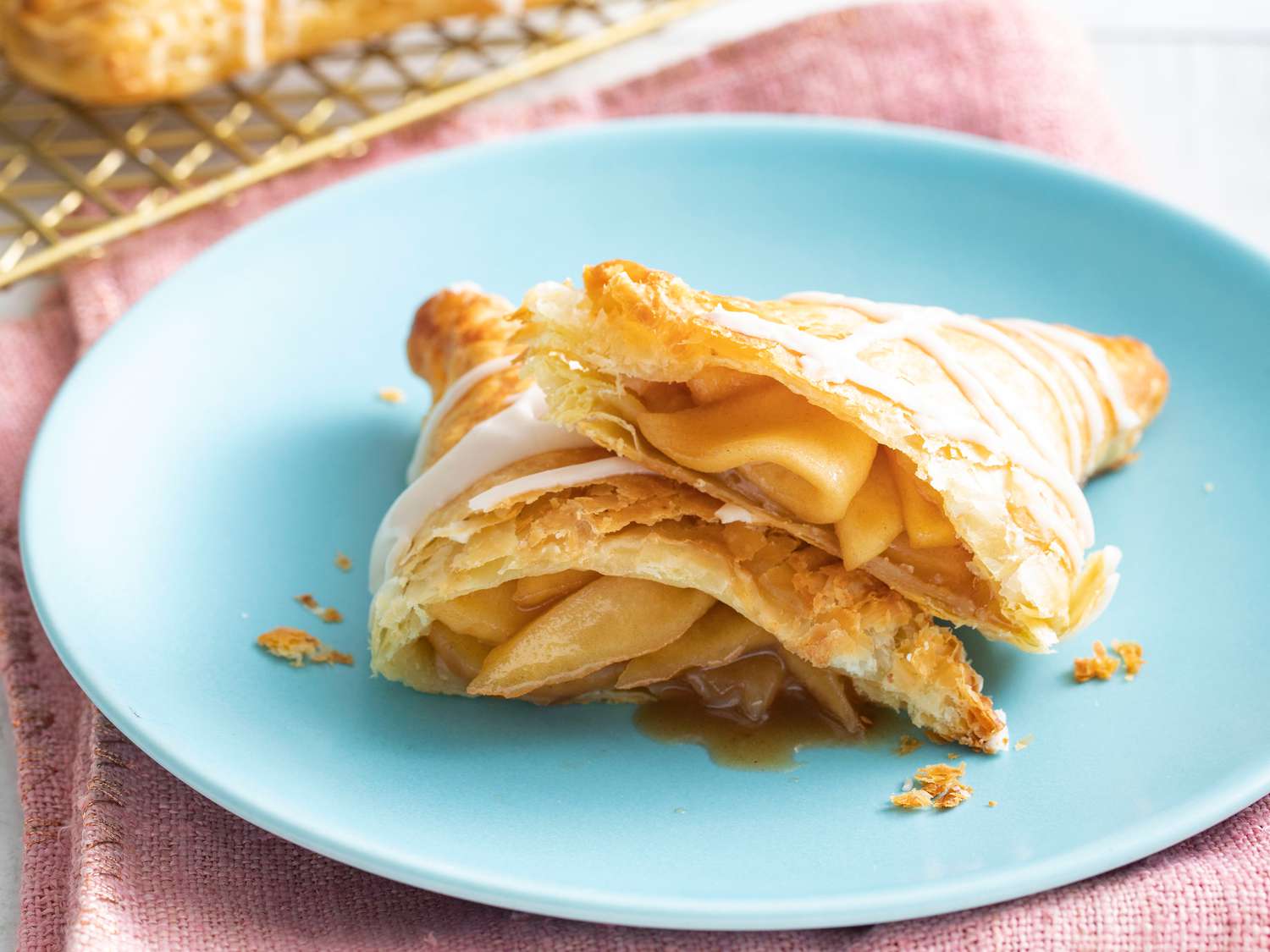Discovering the Versatility of Tapioca Flour
Have you ever wondered about the unique ingredient called tapioca flour? This versatile and gluten-free flour has been gaining popularity in the culinary world for its various uses and benefits. Let’s delve into the world of tapioca flour and explore what makes it a valuable addition to your pantry.
What is Tapioca Flour?
Tapioca flour, also known as tapioca starch, is a fine, powdery substance derived from the cassava root, a starchy tuber native to South America. It is commonly used as a thickening agent in a wide range of recipes and is a staple in gluten-free and paleo cooking.
Benefits of Tapioca Flour
There are several reasons why tapioca flour has become a popular choice for many home cooks and professional chefs:
- Gluten-Free: Tapioca flour is naturally gluten-free, making it a suitable alternative for individuals with gluten sensitivities or those following a gluten-free diet.
- Thickening Agent: It is an excellent thickening agent, adding a smooth and glossy texture to soups, sauces, and gravies.
- Texture Enhancer: When used in baking, tapioca flour can improve the texture of gluten-free breads, cakes, and cookies, giving them a light and airy consistency.
- Neutral Flavor: Tapioca flour has a neutral taste, allowing it to blend seamlessly with other ingredients without overpowering the overall flavor of the dish.
Common Uses of Tapioca Flour
Tapioca flour can be utilized in a variety of culinary applications, including:
- Baking: It is often used in gluten-free baking to improve the texture and structure of breads, muffins, and other baked goods.
- Thickening Soups and Sauces: Tapioca flour can be used as a thickening agent in soups, stews, and sauces, providing a smooth and consistent texture.
- Breading and Coating: It can be used as a coating for meats and vegetables, creating a crispy and golden exterior when fried or baked.
- Desserts: Tapioca flour is a key ingredient in making puddings, custards, and other sweet treats, adding a silky smoothness to the final product.
Where to Find Tapioca Flour
Tapioca flour is readily available in most grocery stores, typically found in the baking or gluten-free section. It can also be purchased online from various retailers and specialty food stores.
In Conclusion
Whether you follow a gluten-free diet or simply want to experiment with new ingredients in the kitchen, tapioca flour offers a range of benefits and culinary possibilities. Its versatility, neutral flavor, and gluten-free nature make it a valuable addition to any pantry. So, why not give tapioca flour a try and explore the endless ways it can elevate your cooking and baking endeavors?
Next time you’re in the kitchen, consider reaching for a bag of tapioca flour and unlock its potential to transform your favorite recipes.
Was this page helpful?
Read Next: What Is Tempura Chicken?
